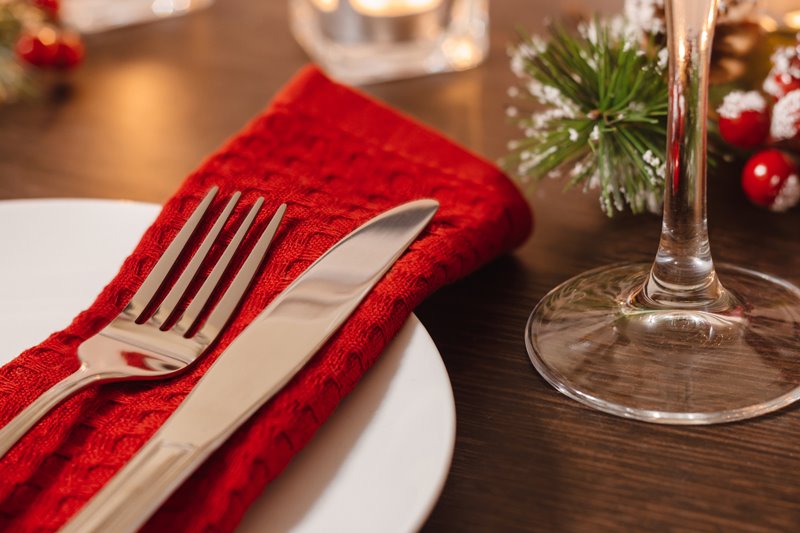Pairing Wines with Christmas Menu Selections
Matching your christmas menu with the perfect wines
2023-12-22

The art of wine pairing is a nuanced and essential aspect of enhancing both the culinary experience of a dish and the sensory enjoyment of the accompanying wine. This practice ensures that the interaction between food and wine is harmonious, avoiding any clashing of flavors that could detract from the overall dining experience.
Understanding the fundamental principles of wine pairing is key. When we taste food, our taste buds detect various elements like sugar, salt, and acidity. A clean palate is crucial to perceive these flavors accurately. For instance, drinking orange juice immediately after brushing your teeth can lead to an unpleasantly heightened sense of acidity. Similarly, an inappropriate wine choice can result in an unpleasant taste experience.
Key Components in Food Affecting Wine Perception
There are specific components in food that influence how we perceive wine:
- Sweetness and Umami: These elements tend to enhance the wine's acidity, astringency, and bitterness while diminishing its sweetness.
- Salt and Acid: Conversely, these components can make the wine taste smoother, less astringent, bitter, and acidic, and more sweet and fruity.
Pairing Strategies for Different Dishes
- Sweet Dishes (e.g., Desserts): Sweet foods heighten bitterness, astringency, acidity, and alcohol perception in wine while reducing the sense of body, sweetness, and fruitiness. Pairing a dessert with a sweet wine, having a higher sugar content than the dish, enhances the flavors of both the wine and the food.
- Acidic Dishes (e.g., Pickles, Vinaigrettes): The acidity in food increases the perception of body, sweetness, and fruitiness in wine and decreases its acidity. Wines with significant acidity are ideal for these dishes.
- Salty Dishes: Salt is 'wine-friendly'. It boosts a wine's fruity character and diminishes its astringency, acidity, and bitterness.
- Spicy Dishes: Spice increases the perception of bitterness, astringency, acidity, and alcohol in wine while reducing the sense of body, sweetness, and fruitiness. The choice here depends on personal preference; some may opt for high-alcohol wines to intensify the spiciness, while others may prefer wines with lower alcohol content.
- Bitter Dishes: These dishes can enhance the bitterness in wine.
- Umami-Rich Dishes (e.g., Mushrooms, Asparagus, Eggs): Umami increases the perception of bitterness, astringency, acidity, and alcohol in wine and reduces the sense of body, sweetness, and fruitiness. Such dishes are challenging to pair and typically pair well with tannin-rich wines.
In conclusion, the successful pairing of wines with a Christmas menu is an exercise in balancing the sensory characteristics of both the food and the wine. By understanding the underlying principles of how food components affect wine perception, one can create a harmonious and enhanced dining experience.
Founded in 2007, Vinetur® is a registered trademark of VGSC S.L. with a long history in the wine industry.
VGSC, S.L. with VAT number B70255591 is a spanish company legally registered in the Commercial Register of the city of Santiago de Compostela, with registration number: Bulletin 181, Reference 356049 in Volume 13, Page 107, Section 6, Sheet 45028, Entry 2.
Email: [email protected]
Headquarters and offices located in Vilagarcia de Arousa, Spain.